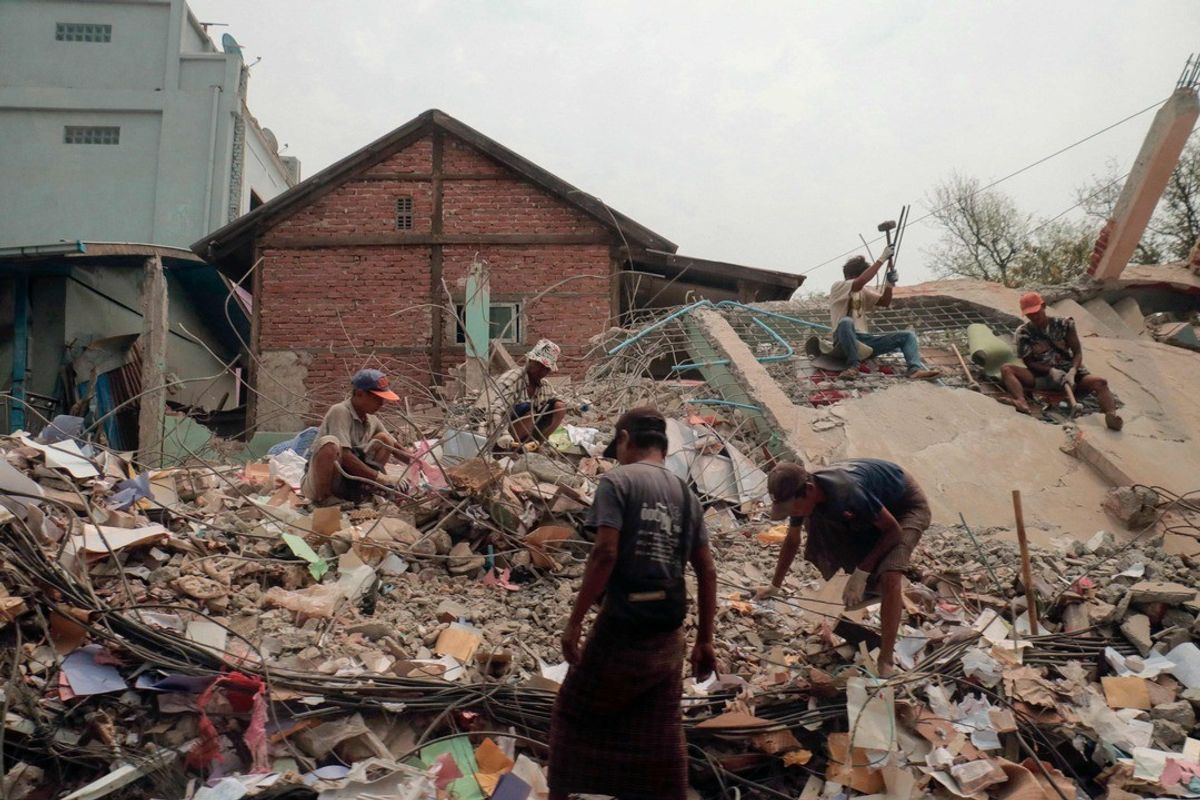Smoke signals and secret votes: How is a new Pope selected?
World will know a pope has been elected when white smoke pour out of Sistine Chapel's chimney

Pope Francis delivers his "Urbi et Orbi" (to the city and the world) message from the balcony overlooking St. Peter's Square at the Vatican April 16, 2017.
Reuters
No autopsy is performed
Mourning rites last 9 days
Two thirds majority needed in secret ballot to select new pope
When a pope dies, the Roman Catholic Church begins a series of elaborate rituals that mark the end of one papacy and the start of the next.
The pope's chamberlain, Irish-American Cardinal Kevin Farrell, has to officially confirm his death, traditionally by tapping the pontiff's head three times with a silver hammer and calling out his name. He then seals the pope's private apartment and prepares the funeral.
The chamberlain and three assistants chosen by lot from among the cardinal electors decide when the pope's coffin will be taken into St. Peter's Basilica for public viewing. They also make sure the pope's "Fisherman's Ring" and his lead seal are broken so they cannot be used by anyone else. No autopsy is performed.

Mourning rites last nine days, with the date of the funeral and burial to be decided by the cardinals. The funeral would normally be expected to be held four to six days after the death in St. Peter's Square.
Francis has said that, unlike many predecessors, he will not be laid to rest in the crypt of St. Peter's Basilica. Instead, he said he would be buried in Rome's St. Mary Major Basilica.
Popes are traditionally buried in a casket of cypress wood sealed inside a larger lead casket and then covered with an outer pine box.
Conclave and secret balloting
The College of Cardinals oversees day-to-day business during the interregnum. Their power is limited, and much of the central Church administration grinds to a halt.
The conclave to elect a new pope starts in the Vatican's Sistine Chapel between 15 and 20 days after the death. The cardinals, confined to the Vatican for the duration of the conclave, decide the exact day. They stay in the hotel on Vatican grounds where Pope Francis chose to live.

All cardinals under the age of 80 can take part in the secret ballot. They need a majority of at least two-thirds plus one to elect the new pope, so the voting can take several rounds spread over numerous days.
When the conclave has elected a pope, he is asked if he accepts and what name he wishes to take. Once this is done, he dons papal vestments and sits on a throne in the Sistine Chapel to receive the other cardinals who file up to pay homage and pledge obedience.
White smoke
The world will know a pope has been elected when an official burns the paper ballots with special chemicals to make white smoke pour out of the chapel's chimney. They use other chemicals to make black smoke indicating an inconclusive vote.
Soon afterwards, the dean of the College of Cardinals steps onto the central balcony of St. Peter's Basilica to announce "Habemus Papam" (We have a pope) to the crowds in the square.
The new pope then appears in his papal robes and gives the crowd his blessing.
Popular
Spotlight
More from World
60,000 Myanmar students must retake exams burned in quake blaze
Fire broke out at Mandalay University after earthquake chaos, destroying exam papers of 62,954 northern students













Comments
See what people are discussing